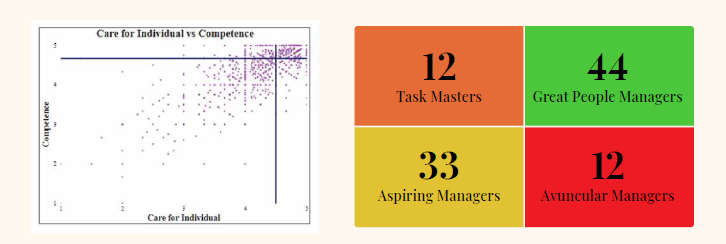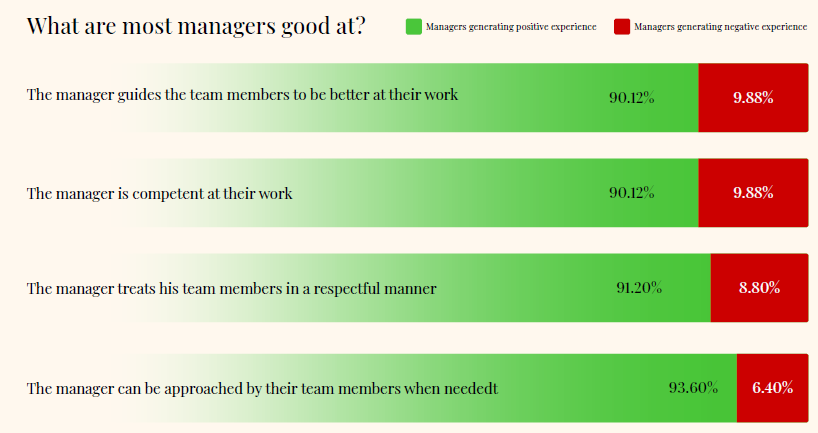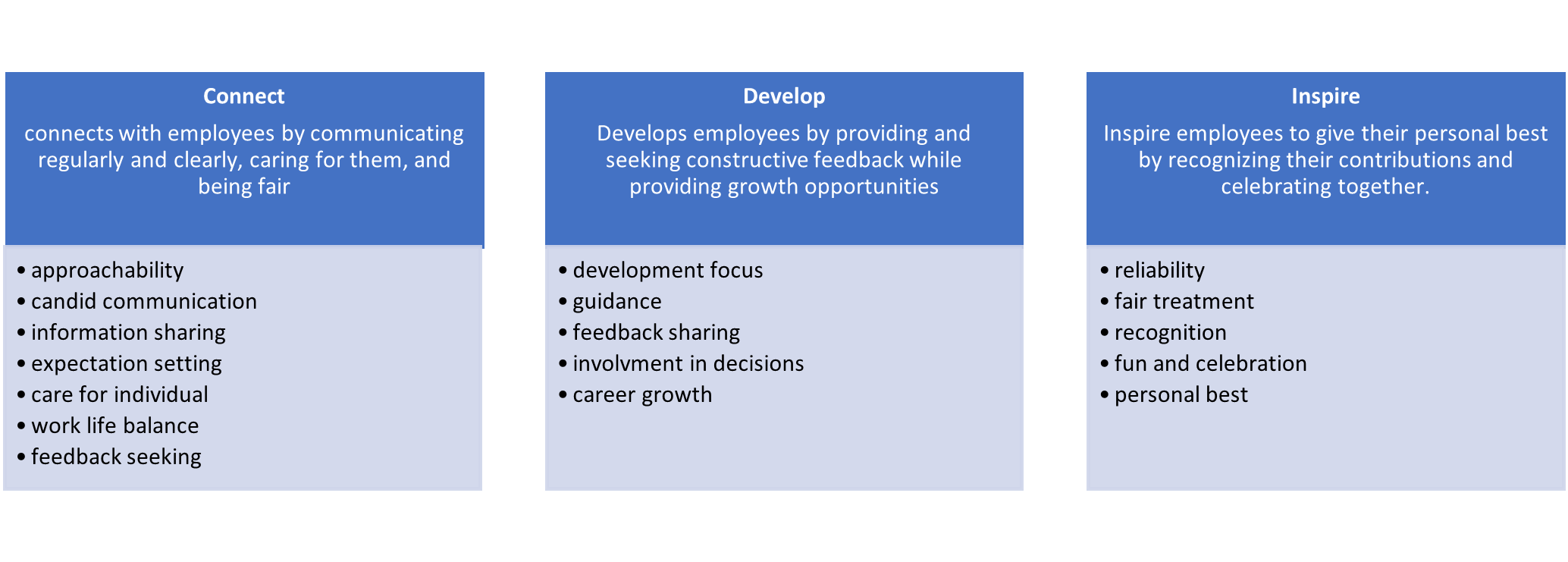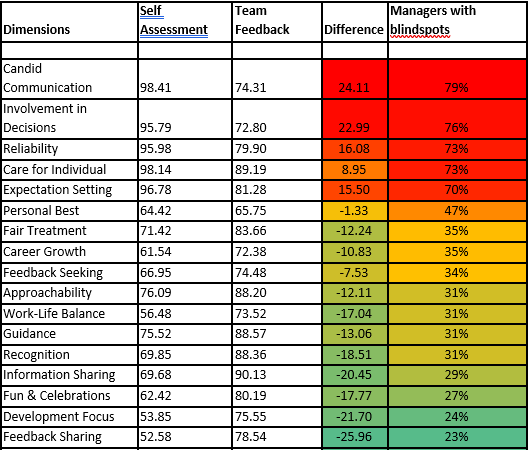Past few years have had a significant impact on the job market. It is constantly evolving, bringing many disruptions and paving way for trends like remote and hybrid work. People’s priorities have also changed and they are not hesitant to switch careers and jobs that are better aligned with their needs. LinkedIn in their recent study reported that despite the decline in hiring levels, four of five, or 80% of professionals are considering changing jobs in 2023. The report also says that the job change sentiment is largely led by Gen Z, a big part of the workforce. This indicates that the competition for talent will remain fierce, compelling organizations to figure out what will it take to attract and retain the best and brightest talent.
There are myriad of reasons for the job switch- desiring better perks and pay, seeking healthier work/life balance or aspiring better development opportunities. Many studies point to the fact that one of the prime reasons people quit their jobs is bad manager and not necessarily the position, the role or the organization.
Are your Managers- Talent Magnets or Talent Repellents?
Managers exercise immense influence on the team members as well as on the entire spectrum of employee life cycle. They have the prowess to either become a talent magnet or talent repellent. Becoming a talent magnet means possessing the ability to attract the top talent, making them a part of the team and bringing out the best from them. Employees, clients, vendors, customers and peers across different functions prefer to engage with them. In today’s scenario, individuals are more drawn to work for or with specific managers rather than being solely attracted to the reputation or brand of the company itself. This brings out the importance of ‘effective leadership’ and the impact that a manager can have on an employee’s decision to join or stay with a particular organization. Talent magnets are often high impact individuals delivering great results and adding immensely to the organizational brand. Their importance cannot be undermined in today’s volatile environment where changes are rapid and continuous.
Talent repellents, on the other hand, are managers who discourage talented individuals from joining or staying with an organization. Essentially, it refers to the characteristics of an individual that have a negative impact on talent attraction and retention. They may be highly efficient and competent with their work, but they exhibit many red flags owing to which team members and other stakeholders tend to avoid interactions with them. Such managers create toxic work environments which act as a deterrent for others. They believe in micromanaging everything and don’t hesitate to pull others down in case of any slipups. They are disrespectful towards others and don’t stand with their team during the tough times.
To attract and retain top talent, organizations and individuals should be aware of potential talent repellents and take steps to address and mitigate them. Creating a positive, inclusive, and growth-oriented environment while offering competitive compensation and benefits is essential to become a talent magnet and avoid talent repellents.
Becoming a Talent Magnet
Some managers are predisposed to become talent magnets as they are capable of exhibiting certain desirable behavioural traits. Let’s have a look at some of the right behaviours and guidelines that managers can adopt to become talent magnets:
Demonstrate a clear vision and mission
Managers needs to communicate a compelling and inspiring vision of their organization and need to align their values with that of vision. It is also important to ensure that their vision and mission resonates with the talent they wish to attract and retain.
Build a strong organizational brand
In order to become talent magnets, managers need to create an impactful and compelling personal/ organizational brand which clearly communicates values, mission and vision. Managers may further showcase their expertise, achievements and credibility by leveraging online social platforms.
Create a challenging yet conducive work-environment
Managers who want to attract and retain top talent need to create an engaging and meaningful work environment that offers opportunities for growth and skill development. Talented individuals seek challenges and opportunities to learn so that they may add greater value to their organizations.
Offer a positive and inclusive work environment
Managers who are talent magnets foster positive workplace culture which is diverse and inclusive. People are drawn to organizations that promote equality and inclusivity and when managers act as the flagbearers of all the desired behaviours, people are bound to get attracted towards such organizations. This also encourages a sense of belonging and facilitate collaboration among team members.
Treat others with respect and fairness
Talent magnet managers are emotionally intelligent leaders who treat their team members and others with respect. They stay away from politics and ensure just and fair play of work. They don’t play favourites and provide equal opportunities to all their team members.
Use reliable and valid assessments and tools
Some leadership assessments and tools are designed to identify blindspots. These tools can help you gain insights into your leadership strengths and weaknesses, making it easier to spot areas where your leaders might have blindspots.
High on ethics and integrity
They always maintain high levels of integrity and ethics while dealing with others. They believe in building transparent and trustworthy culture and encourage their team members to do the same.
Build culture of continuous learning and mentorship
Every employee aspires to grow and flourish in one’s career. Talented individuals seek such managers who take interest in employee development and growth and create ample opportunities for their team members to learn new skills and grow in their career.
Offer competitive compensation and benefits
Competitive salaries and benefits packages are crucial in attracting and retaining top talent. Therefore, managers need to research industry standards and offer packages which meet the benchmark. Additionally, managers may offer flexi work arrangements, remote work options and additional perks which might be attractive to the team members.
Maintain a Strong Online Presence
Managers need to keep their online presence active and engaging by sharing their views and insights and participating in relevant discussions. They should also use social media, blogs and professional networks to stay connected with potential talent and make their presence felt.
By implementing these guidelines, one can become a talent magnet, making it more likely for skilled individuals to be attracted to your organization or work with you. Remember that attracting and retaining top talent is an ongoing process, so it’s essential to continually nurture your relationships and adapt to the changing needs and expectations of your target talent pool.
How Organizations can nurture Talent Magnets?
Organizations can play a big role in nurturing talent magnets by recognizing and supporting talent magnets and their unique qualities and behaviours and removing any barrier which may hinder their growth. Here are some strategies for encouraging talent magnets within your organization:
Identifying Talent magnets
Recognize individuals within your organization who naturally attract and retain talent. These individuals may be leaders, managers, or team members who consistently build high-performing teams.
Provide Leadership Development
Invest in leadership development programs and trainings to enhance the skills of talent magnets, such as communication, collaboration, coaching, mentorship, and team-building skills. Encourage them to act as role models and mentors for other employees.
Support Networking
Provide ample opportunities for talent magnets to network with other professionals, both inside and outside the organization. And encourage participation in industry events, conferences, and forums to expand their reach and connections.
Gathering 360 degrees Feedback
How other stakeholders think about these talent magnets is important. To ensure transparency and diversity of opinion, gather feedback from other sources and look for the areas that need attention.
Measure and Assess Impact
Establish metrics and key performance indicators (KPIs) to assess the effectiveness of talent magnets in attracting and retaining talent. Regularly review and evaluate their impact and make adjustments as needed.
By implementing these strategies, organizations can create an environment that supports and nurtures talent magnets, empowering them to continue attracting and retaining top talent, which can ultimately contribute to the organization’s success and growth.


















